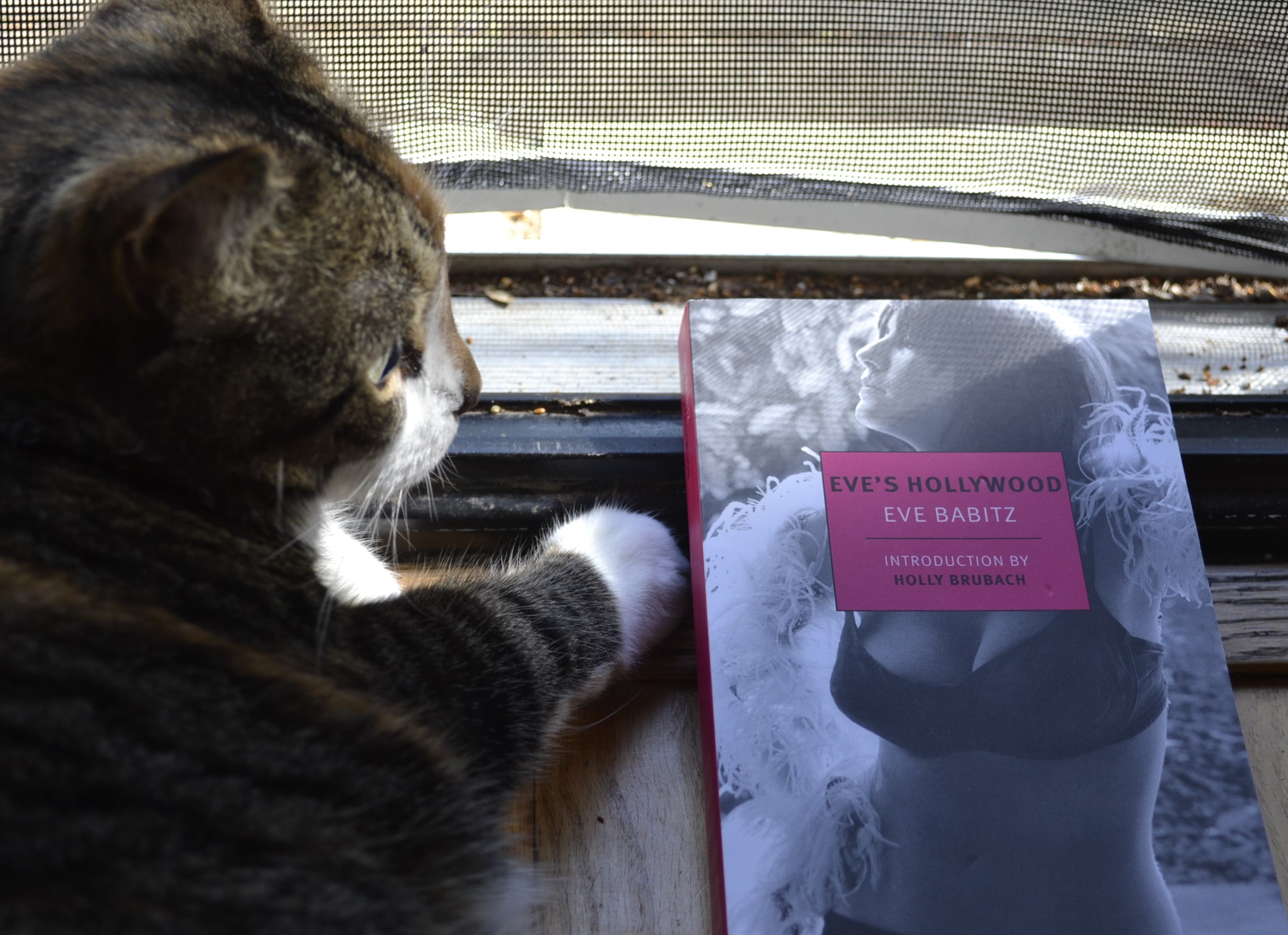Rusalka’s Languishing
As the relentless heatwaves of summer begin, the cats all begin to handle it in their various ways. Thankfully, we have a home with central air, so that means no one will have the misfortune of heat-related illness. But the five ladies in fur coats still find even the A/C coolness cool enough sometimes. They all tend to stretch out and enjoy an icy breeze from the vent, or the refreshing texture of kitchen tile. But for some reason, Rusalka is different.
Rusalka likes to pick the weirdest, heat retaining surfaces to stretch out on. I mean the sitting room carpet. I mean in front of the artificial fireplace (that is never on in summer, but she seems to expect to magically come on). I mean curled into the bucket of the cat tree, soaking in her own heat. In winter? That’s when she heads for the tile and the cool spots. Or the heating vents.
Rusalka definitely likes to march to a drum very different from her sisters, but she’s a unique little talkie tortie and I’ve always known that.
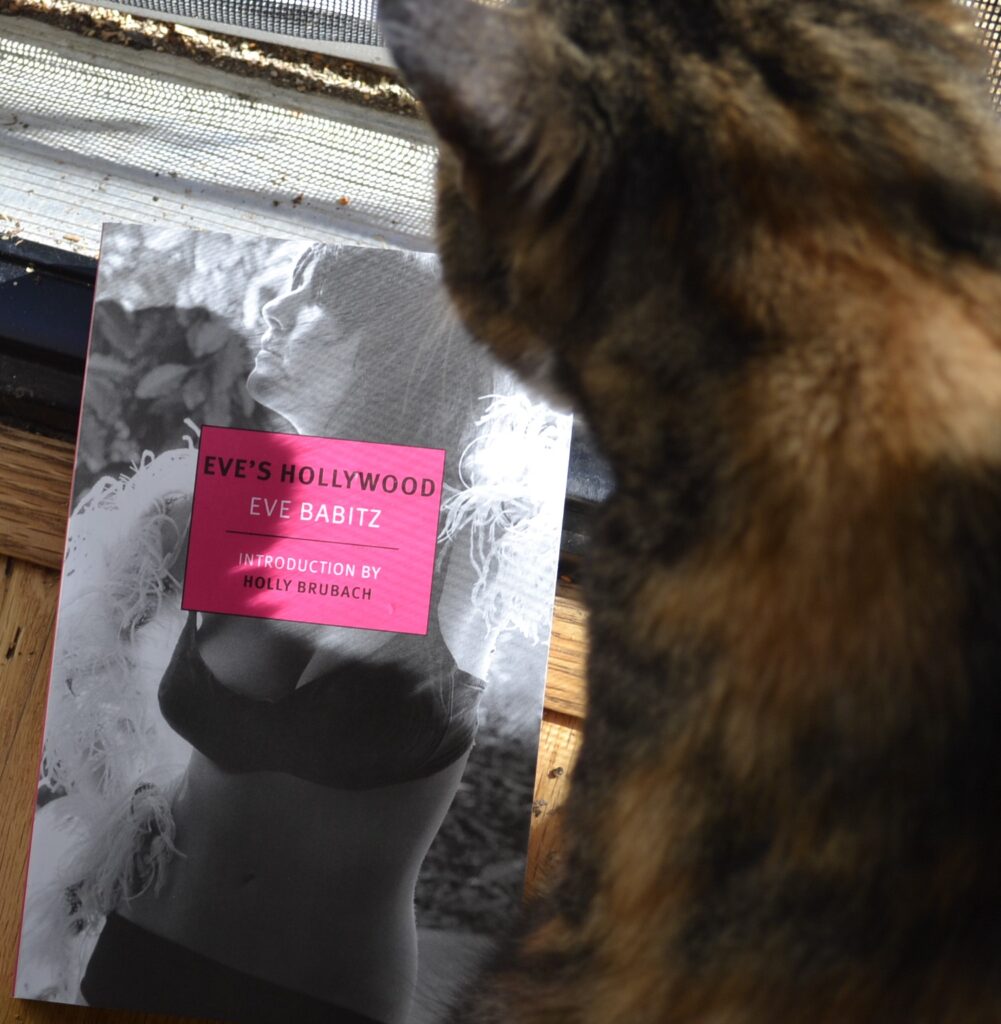
Part Coming of Age
Eve Babitz’s Eve’s Hollywood has been described as a ‘love letter to Los Angeles’, and I do heartily agree with that description. A collection of shorter pieces, and longer prose, all of the writing is connected by Babitz’s love for Southern California’s most famous city and its environs. She takes the reader on a journey through the people and the places that speak to her. More than a tour of nightclubs, or mansions, or a lament for the decayed glamour of the golden age, instead Babitz is concerned primarily with what brings her joy. She fills your head with images of the beaches, and instructs you in how to purchase and then eat the perfect taquito. If you’re looking for Nathaneal West, you need to look elsewhere.
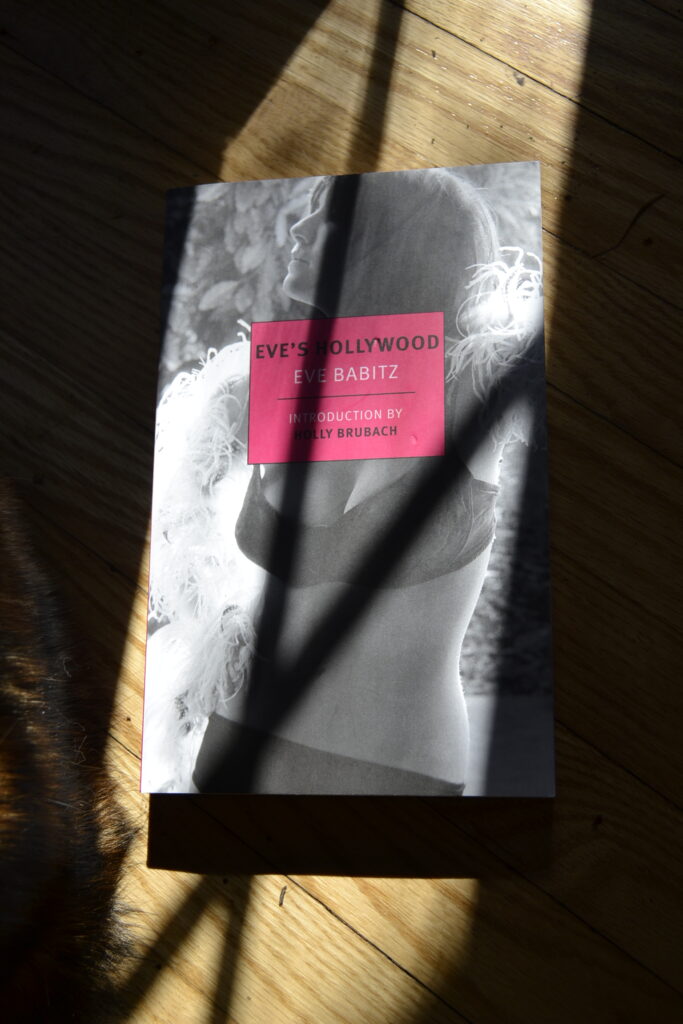
The most compelling parts of the book were those that focussed on what it means to be a girl from LA and what it was like to grow up on the fringes of the film industry. She talks about going to high school with kids that became stars and those that fell through the cracks of fame. She talks about seeing Cary Grant and finding that he looked exactly like Cary Grant. Babitz is using a location as backdrop for a more important journey — that of a young girl and then a young woman finding her place in the world and navigating the underside of the Californian dream. It’s here that her writing truly shines.
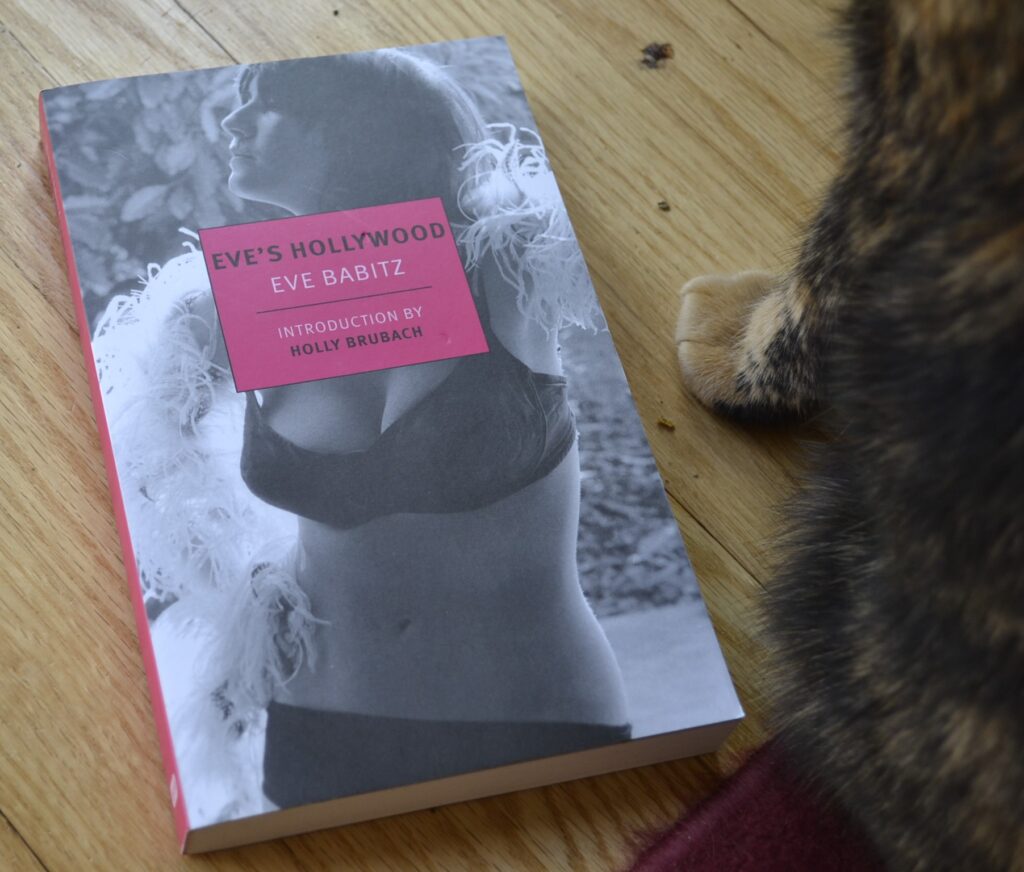
The Name Drop
Admittedly, I probably got more out of this book because I watch a lot of classic film and did recognize most of the names Babitz mentioned. While her writing is accessible for the most part, it does presuppose some interest in the movies or California in the reader that decides to pick the book up. Her style was heavily influenced by the times she wrote in and the style of journalism that was popular.
In essence, what I’m saying is this isn’t a style that will appeal to everyone, especially when it’s focussed more on saying everything it can in as few words as it can. It is unrepentantly subjective and unrepentantly rambling its way through memories, and opinions, and who she knows and who she doesn’t know.
It’s not for those who want a factual, slow, and succinct account of Los Angeles or the author’s girlhood. It is not objective. Instead, it is every bit as chaotic as life can end up being when you don’t know exactly where you’re going or how to get there. There is a delicate art to this kind of writing, and Babitz has the gift to make a masterpiece out of seeming aimlessness.
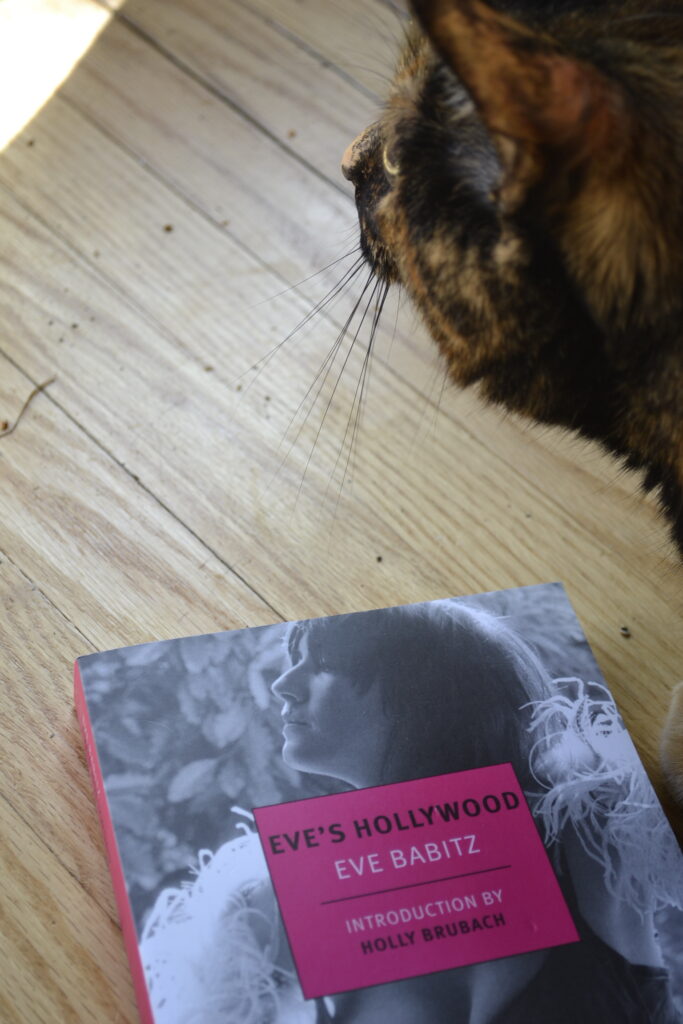
Times Long Gone
My previous point brings me to this one: Babitz is a writer that was very much in the height of the zeitgeist. She is a product of the time that she was writing in and she very much embraced this — from the pop culture to describing the exact location and the prices at the taquito stand she frequented. There’s something really magical about reading pieces that are so in the moment, especially when that moment was fifty years ago.
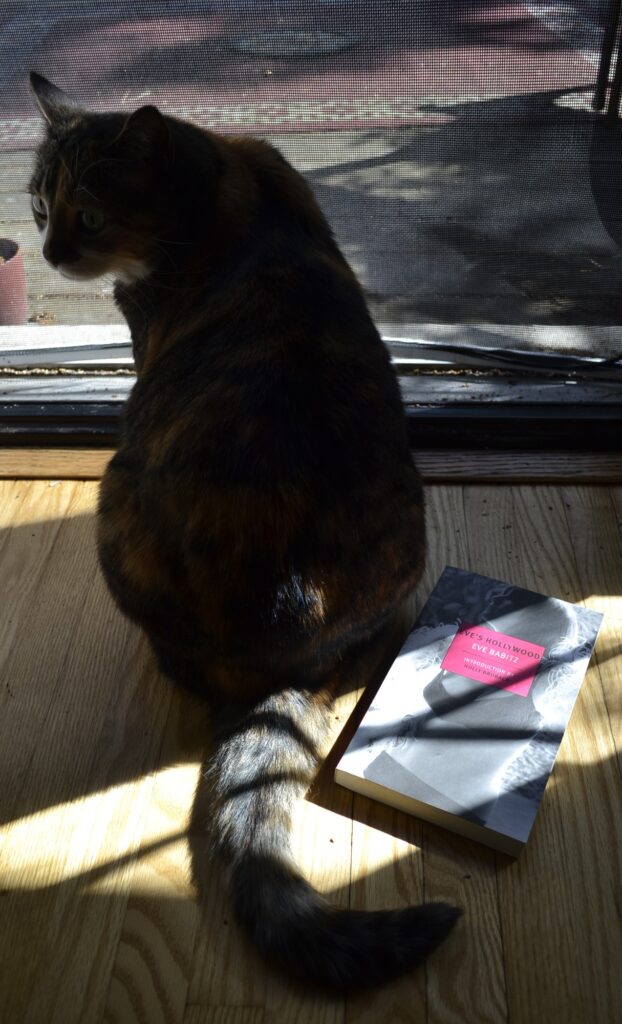
But be aware that a 1974 snapshot includes some ugly things too. Among things too numerous to name specifically, I found it disturbing how much Babitz focussed on her weight and what her definition of overweight was (spoiler: it is very much not overweight). She also relentlessly judges the worth of both herself and other women as being a matter of appearance, makeup, weight, and popularity. It is clear that she has suffered herself from the oppressive, and unrealistic standards that the mid-century had for women’s appearance, but it leaves a sour taste in the reader’s mouth when she perpetuates this standard instead of confronting it.
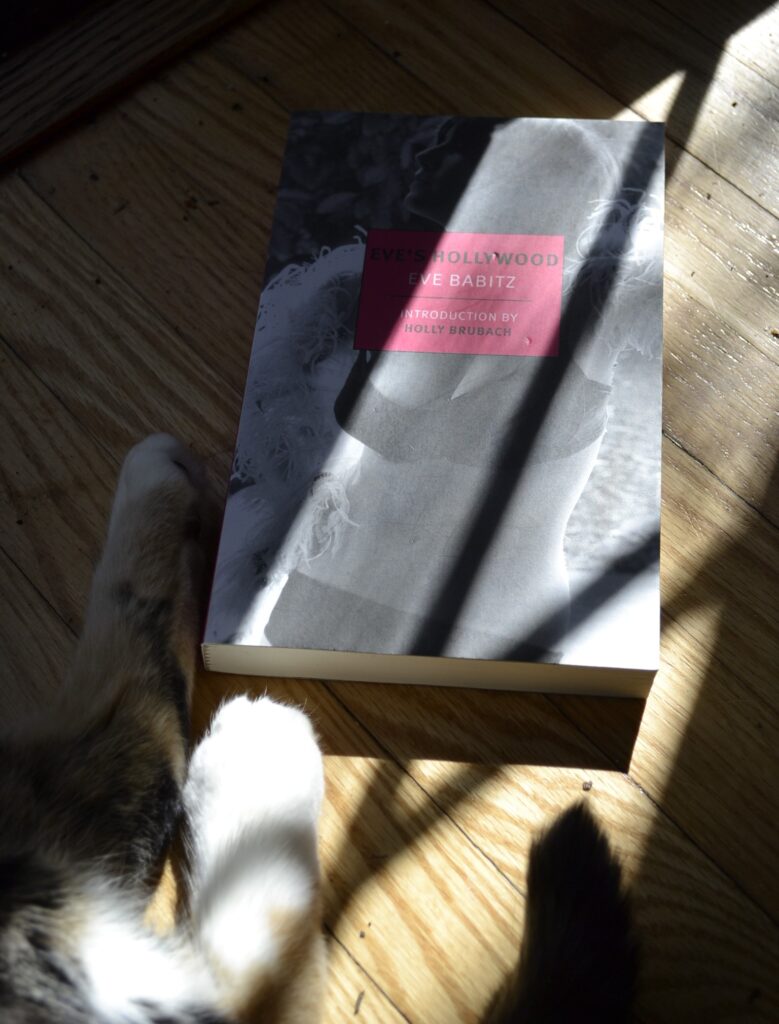
Jabberwocky’s Languishing
Jabberwocky loves to stretch out to her full, rather impressive length and languish. Which means there is an occasional sigh. Sometimes a wheeze. Sometimes she rolls. Sometimes she makes sure she is propped up perfectly with a pillow so that she looks like a perfect imitation of Lord Byron.
Jabberwocky’s languishing isn’t seasonal; instead, she seems to take her inspiration from classic portraiture and art. Sometimes she’s an Ingres. Sometimes she’s a Manet. Always she is Jabbers and you will be scrambling to take a picture so that you can break it out awkwardly at family gatherings when the silence descends and someone asks you what you’ve been up to lately.

